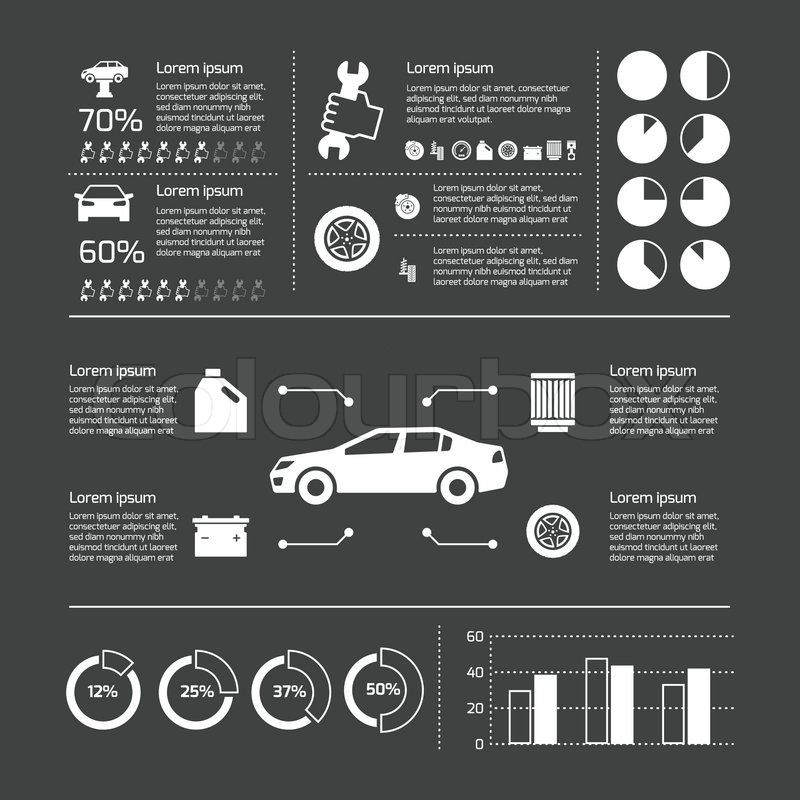Wondering Concerning The Meaning Behind Those Control Panel Caution Lights? Gain Insights Right Into Their Implications For Your Automobile'S Security And Upkeep
Wondering Concerning The Meaning Behind Those Control Panel Caution Lights? Gain Insights Right Into Their Implications For Your Automobile'S Security And Upkeep
Blog Article
Web Content Writer-Lauritsen Dalgaard
When you're behind the wheel, those beautiful caution lights on your control panel can be a little bit perplexing. Do you know what they're attempting to inform you about your car's health and wellness? Understanding the importance of these lights is crucial for your safety and the longevity of your car. So, the next time one of those lights pops up, wouldn't you want to decipher its message precisely and take the essential actions to address it?
Common Warning Lighting and Interpretations
Determine usual caution lights in your automobile and understand their meanings to make certain safe driving.
One of the most regular caution lights consist of the check engine light, which signals issues with the engine or exhausts system. If this light begins, it's essential to have your vehicle examined immediately.
The oil stress alerting light suggests reduced oil stress, needing prompt attention to prevent engine damage.
A blinking battery light could suggest a faulty charging system, potentially leaving you stranded if not attended to.
The tire pressure surveillance system (TPMS) light informs you to low tire stress, impacting vehicle security and fuel effectiveness. Ignoring this might cause hazardous driving conditions.
The abdominal muscle light indicates a trouble with the anti-lock stopping system, compromising your ability to stop promptly in emergencies.
Last but not least, the coolant temperature warning light warns of engine overheating, which can result in severe damage otherwise settled promptly.
Comprehending these usual warning lights will certainly assist you attend to problems immediately and preserve secure driving conditions.
Significance of Prompt Focus
Understanding the common warning lights in your auto is only the first step; the relevance of quickly dealing with these warnings can't be highlighted enough to ensure your safety and security when traveling.
When a caution light illuminates on your dashboard, it's your auto's way of connecting a prospective issue that needs attention. Overlooking these cautions can bring about extra serious issues down the road, jeopardizing your safety and security and potentially costing you a lot more out of commission.
Motivate focus to advising lights can stop break downs and mishaps. For instance, a flashing check engine light might show a misfire that, if left neglected, might create damage to the catalytic converter. Addressing this promptly can save you from a pricey repair.
In https://rafaelsoicw.onzeblog.com/32115257/the-benefit-of-mobile-auto-detailing-transforms-your-car-s-look-yet-is-it-as-effective-as-typical-approaches-discover-the-fact-behind-this-service , a brake system cautioning light could signal reduced brake liquid or used brake pads, important parts for your security when driving.
Do It Yourself Troubleshooting Tips
If you notice a caution light on your control panel, there are a few DIY repairing tips you can try before seeking specialist help.
The very first step is to consult your automobile's handbook to recognize what the certain caution light shows. In some cases the issue can be as easy as a loosened gas cap causing the check engine light. Tightening up the gas cap might settle the issue.
https://www.repairerdrivennews.com/2021/10/22/oeconnection-acquires-verifacts-automotive/ is a reduced battery, which can set off various alerting lights. Inspecting the battery connections for corrosion and ensuring they're secure could deal with the problem.
If a warning light lingers, you can attempt resetting it by separating the automobile's battery for a few mins and then reconnecting it. Additionally, examining your car's fluid degrees, such as oil, coolant, and brake fluid, can help fix alerting lights associated with these systems.
Final thought
Finally, comprehending your vehicle's caution lights is vital for maintaining your lorry running efficiently and securely. By promptly dealing with these signals and recognizing what they mean, you can prevent costly repair work and possible failures.
Bear in mind to consult your vehicle's manual for specific information on each advising light and take action appropriately to ensure a trouble-free driving experience.
Stay informed, stay safe when traveling!
